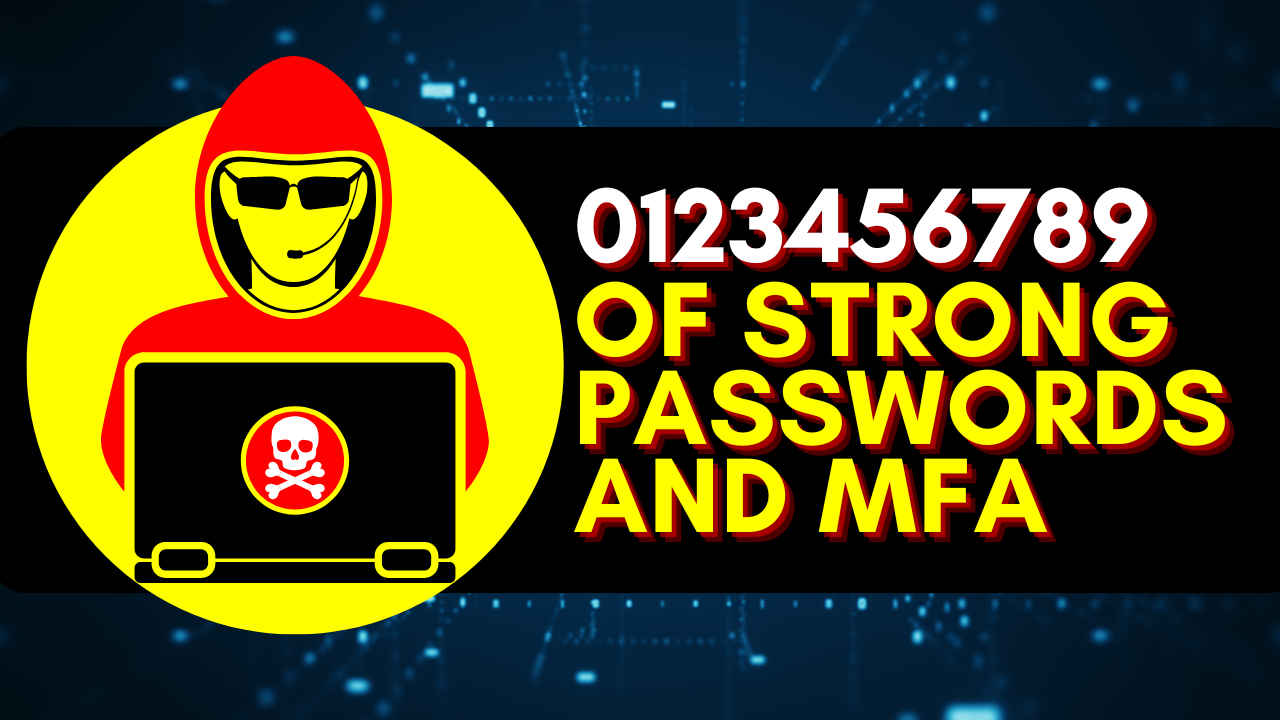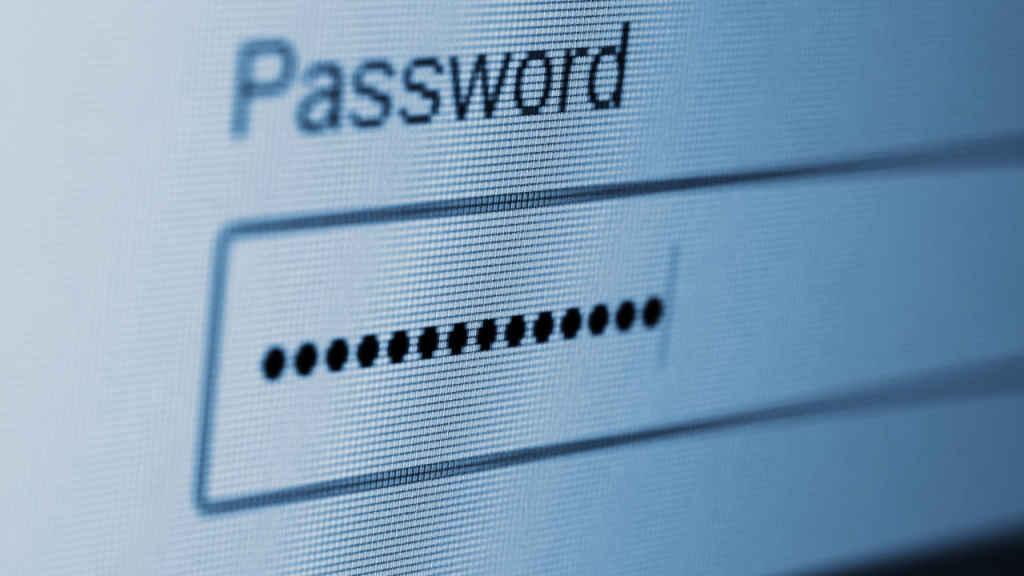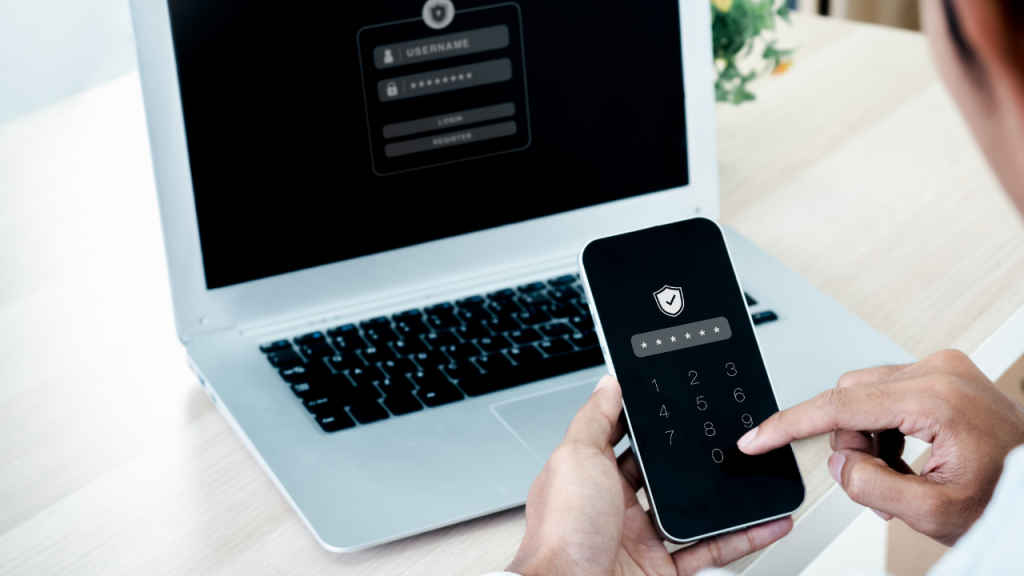Mastering password security: How to create strong passwords with Multi-Factor Authentication

In the digital realm, your first line of defense is the strength of your passwords and the security measures you employ to protect them. This article delves into essential practices for creating strong, memorable passwords and implementing multi-factor authentication (MFA). By understanding and applying these techniques, you will significantly enhance your digital security posture online.
Also read: How to defend against social engineering attacks: Cybersecurity’s human element
The importance of strong passwords
Passwords protect your digital accounts – from social media to banking – ensuring that only you can access your personal data. The strength of these passwords directly correlates to the security of your information.

A strong password consists of:
- Long: At least 12 characters.
- Complex: Includes numbers, symbols, and both upper and lower case letters.
- Unique: Not reused across different services.
Avoid common words, predictable sequences, and personal information, as these can be easily guessed or found through social engineering.
How to create memorable passwords
- Passphrases: Create a password using a random sequence of words or an obscure sentence. For example, “BlueCoffee!RainyDay” is long, includes various characters, and is easier to remember than a random string of characters.
- Password Managers: Opt for reputable, trustworthy, and reliable password managers to generate and store complex passwords. These tools create highly secure passwords and remember them for you, requiring you to remember only one master password.
The role and setup of Multi-Factor Authentication (MFA / 2FA)
Multi-factor authentication significantly enhances your security by requiring two or more verification methods to gain access to your accounts.
Also read: AI impact on cyber security future: The good, bad and ugly
Understanding Multi-Factor Authentication
MFA combines:
- Something you know: Like a password.
- Something you have: Like a smartphone or a hardware token.
- Something you are: Like a fingerprint.
This multi-layered approach makes unauthorized access exponentially more difficult.

Types of MFA
- SMS Codes: Receive a code via text message that you must enter in addition to your password.
- Authenticator Apps: Use an app (like Google Authenticator) that generates a temporary code every 30 seconds for account access.
- Hardware Tokens: Carry a physical device that generates a code or uses a biometric feature to grant access.
Setting Up MFA
- Choose Your MFA Method: Decide which form of MFA suits you best. Authenticator apps are generally more secure than SMS codes, as they are less susceptible to interception.
- Enable MFA on Your Accounts: Most online services offer MFA options in their security settings. Follow the prompts to add an extra layer of protection.
- Backup Your Access: Ensure you have backup access methods in case you lose your primary MFA device. Many services offer backup codes or alternative verification methods.
By implementing strong, memorable passwords and utilizing multi-factor authentication, you lay a solid foundation for your digital security. These proactive steps are crucial in protecting your personal information and preventing unauthorized access to your accounts.
Also read: Cybersecurity 101: Common cyber threats and online safety concepts explained
Team Digit
Team Digit is made up of some of the most experienced and geekiest technology editors in India! View Full Profile




